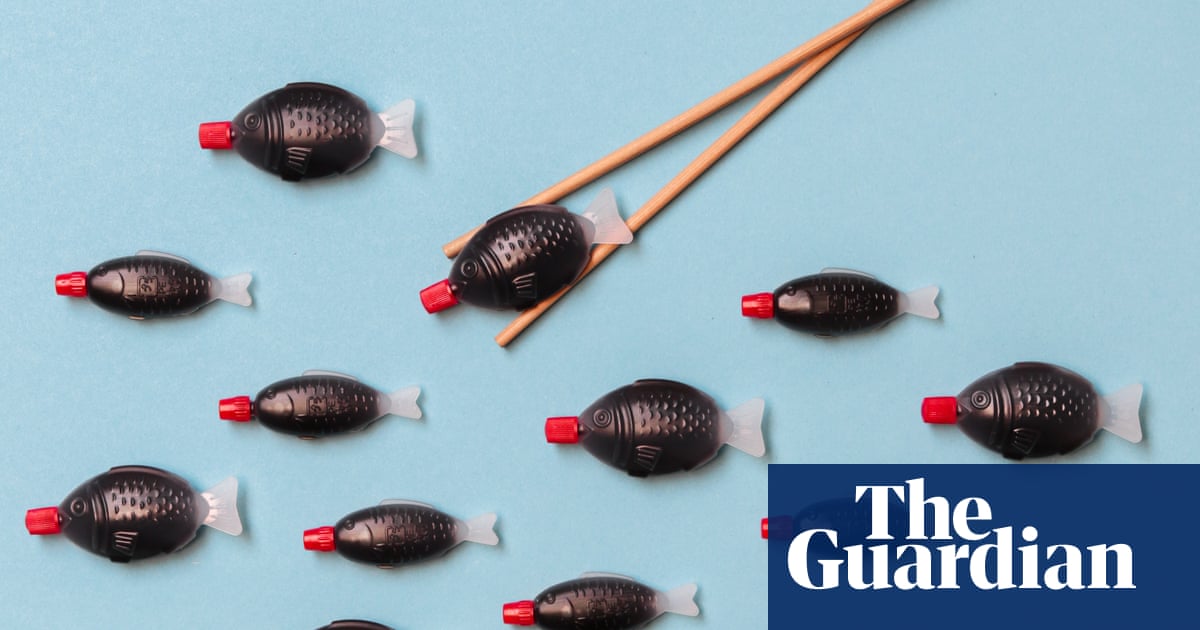- cross-posted to:
- [email protected]
- cross-posted to:
- [email protected]
The device known as shoyu-tai (or soy-sauce snapper in Japanese) was invented in 1954 by Teruo Watanabe, the founder of Osaka-based company Asahi Sogyo, according to a report from Japan’s Radio Kansai.
It was then common for glass and ceramic containers to be used but the advent of cheap industrial plastics allowed the creation of a small polyethylene container in the shape of a fish, officially named the “Lunch Charm”.
The invention quickly spread around Japan and eventually worldwide, and it is estimated that billions have been produced.



I never said that these should be produced via 3D printing, it would be both economically unfeasible, and very difficult to achieve food safety, as I have mentioned.
The process you are describing is injection molding, generally used for solid parts. In this case, a variation called blown injection molding, is used. In this case the material is injected into a mold, and then a gas is blown into the interior, to make the material stick to the inner mold, and create a cavity. Nozzles are involved, as they are used to inject the material into the mold. These nozzles can be made specifically to be food safe, with stainless steel, for example.